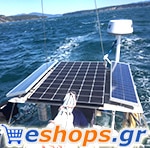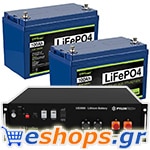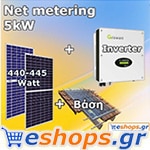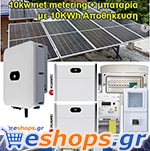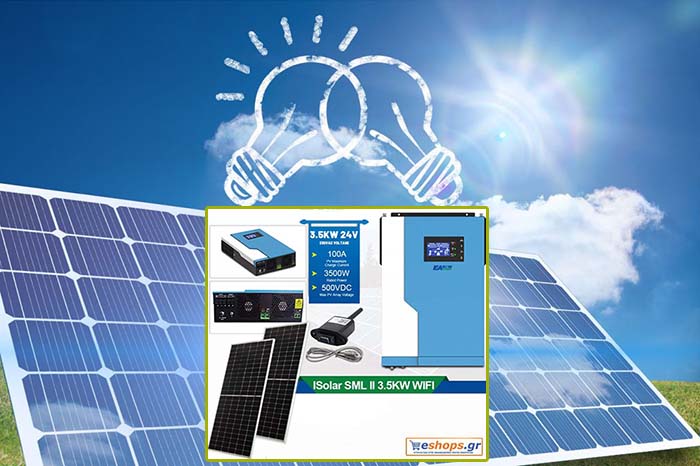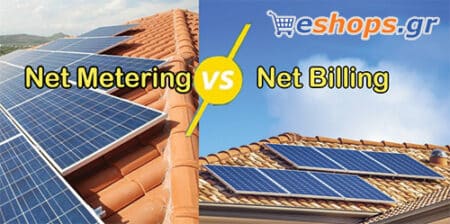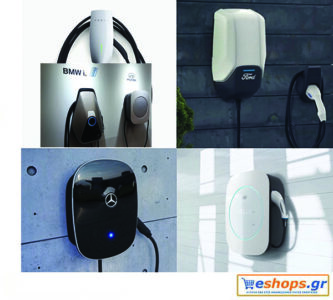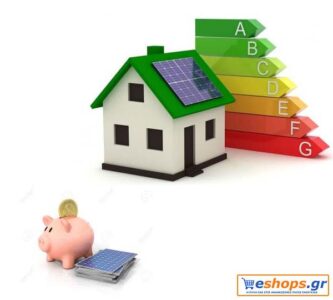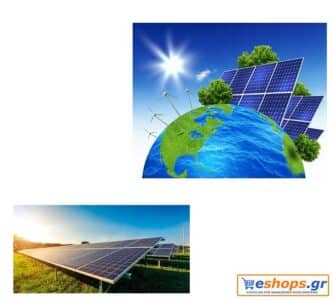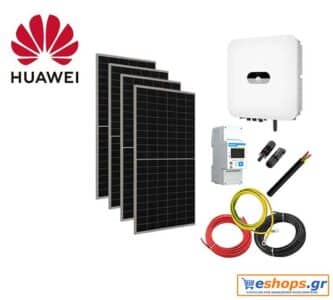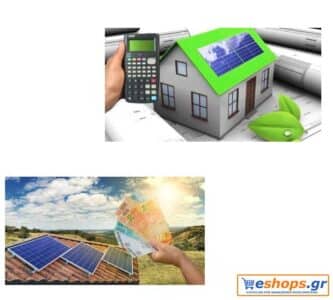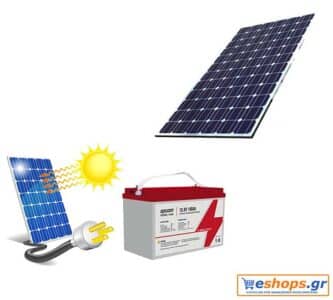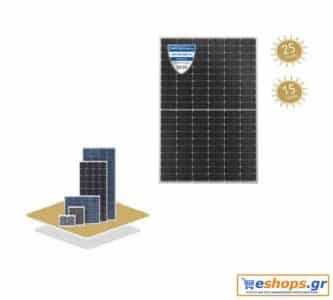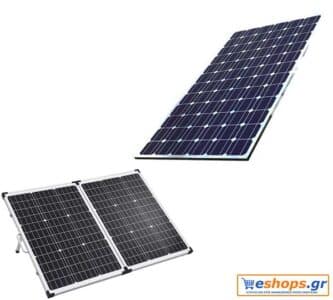Photovoltaic System - What you need to know!
Photovoltaic System: Introduction to Stand Alone/Off Grid Photovoltaic Systems
Photovoltaics: Welcome to the world of photovoltaics, where harnessing solar energy has never been more exciting! In this blog post, we will delve into the exciting realm of off-grid/off-grid PV systems. These innovative systems offer a sustainable and efficient solution for generating electricity in remote areas or places without access to traditional electricity grids.
Imagine being able to generate your own clean energy, completely independent of the power grid. With stand-alone/off-grid PV systems, this dream becomes a reality. Whether you're an adventurous soul living off the grid or simply looking for an eco-friendly alternative to conventional electricity sources, these self-sustaining systems have you covered!
So get on and get ready to explore the incredible benefits, components, design considerations, maintenance tips and even some inspiring case studies that demonstrate the successful implementation of off-grid PV systems. By the end of this journey through our standalone/off-grid PV blog post, you'll be equipped with all the knowledge you need to embrace solar and take control of your energy needs! Let's dive in!
Photovoltaic System: Benefits of using Stand Alone/Off Grid Photovoltaic Systems
The Photovoltaic Systems: Stand Alone/Off Grid offer numerous advantages that make them a popular choice for remote locations, off-grid properties, and even as backup power sources. One of the key advantages is their ability to generate electricity without relying on the traditional electricity grid. This means you can enjoy uninterrupted power supply regardless of any disruptions to the main electrical infrastructure.
In addition, Stand Alone/Off Grid Photovoltaic Systems are environmentally friendly and sustainable. By harnessing energy from the sun, they reduce dependence on fossil fuels and contribute to the fight against climate change. This renewable energy source also reduces greenhouse gas emissions and air pollution.
Another benefit is the cost savings associated with these systems in the long run. Although there may be initial upfront costs to purchase and install solar panels, they have minimal running costs after installation. You won't have to worry about monthly utility bills or fluctuating electricity prices.
In addition, the use of Stand Alone/Off Grid Photovoltaic Systems provides independence and self-reliance. You are no longer tied to a central power system and can generate your own electricity wherever you choose to install these systems.
Stand Alone/Off Grid Photovoltaic Systems offer multiple benefits such as uninterrupted power supply, environmental sustainability, cost savings over time and increased independence. These advantages make them an attractive choice for people looking for reliable renewable energy solutions for their homes or businesses.
Photovoltaic System: Off-grid/off-grid photovoltaic system components
When it comes to standalone or off-grid photovoltaic systems, there are many key elements that work together to produce and store electricity. These components allow users to harness the power of the sun without relying on traditional grid connections.
A key component is the solar panels themselves. These panels, made up of multiple photovoltaic cells, convert sunlight into direct current (DC) electricity. They are available in various sizes and types, such as monocrystalline or polycrystalline, depending on specific energy needs and budget considerations.
To ensure a steady flow of power even when the sun isn't shining or during peak usage periods, a battery bank is built into the system. This allows the excess electricity produced by the solar panels to be stored for later use. Deep cycle batteries are commonly used because of their ability to handle repeated charge and discharge cycles.
An inverter is another important component as it converts the direct current electricity from the solar panels and battery pack into alternating current (AC) electricity that can be used by home appliances and electronics. Inverters also provide essential functions such as voltage regulation and surge protection.
In addition to these major components, other smaller but equally important parts include charge controllers that regulate the flow of energy from the solar panels to the batteries. Wiring connections for efficient transfer of electric currents. disconnect the switches for safety reasons. meters to monitor energy production and consumption. as well as grounding equipment to protect against electrical damage.
It is worth noting that any stand-alone/off-grid PV system may have slight variations in specific components based on individual needs, site factors such as weather conditions or available hours of sunlight per day. Therefore, it is very important to consult with professionals experienced in designing such systems before making any purchase decisions.
Understanding how these different components work together harmoniously in a stand-alone/off-grid PV system installation can help individuals make informed choices about adopting this sustainable energy solution that fits their unique needs while reducing reliance on traditional energy sources and contributing to
Photovoltaic System: Design and Installation of an Autonomous/Off-Grid Photovoltaic System
Designing and installing a stand-alone/off-site PV system requires careful planning and expertise. It includes assessing the energy needs of the site, determining the appropriate size and capacity of solar panels, selecting appropriate batteries for energy storage, and configuring an efficient charge controller.
The first step in designing a stand-alone/off-grid PV system is to conduct a thorough site survey. This includes evaluating factors such as available hours of sunlight, shading obstacles and orientation of solar panels to maximize energy production. In addition, it is important to consider the electrical load requirements of the property to determine the number of solar panels needed.
Once all these aspects have been evaluated, it's time to choose high-quality components that will ensure optimal performance. Solar panels should be selected based on their performance ratings and durability. The battery bank plays a vital role in storing excess energy generated during the day for use at night or during periods of low sunlight.
Next comes the installation – securely placing the solar panels on rooftops or placing them on grids in the ground. Proper wiring connections must be made between various components such as inverters, charge controllers, batteries, etc., ensuring that safety protocols are followed throughout the process.
It is important not only to plan but also to regularly monitor your off-grid PV system for proper operation. Routine maintenance tasks include cleaning debris from the surface of the solar panels and regularly checking the battery fluid level.
Designing and installing a stand-alone/off-grid PV system can provide sustainable energy solutions for remote locations or areas with unreliable electricity grids, while reducing reliance on fossil fuels.
Photovoltaic System: Off-Grid/Standalone/Off-Grid Photovoltaic System Maintenance and Maintenance
Maintenance and upkeep of Off Grid/Standalone Photovoltaic Systems
To ensure the continued performance and longevity of your stand-alone or off-grid PV systems, regular maintenance is essential. While these systems are designed to be low maintenance, a proactive approach will help maximize their performance.
An important aspect of maintenance is keeping the solar panels clean. Dust, dirt, leaves and other debris can accumulate on the surface over time, reducing their ability to absorb sunlight. Regular inspection and cleaning of the panels will optimize their energy production.
In addition to cleaning, it is important to regularly check all connections and wiring for signs of damage or wear. Loose connections can lead to power loss or even system failure if not addressed.
Another key to keeping PV systems off-grid is monitoring the health of the batteries. Batteries store the energy produced by the solar panels for use during periods when sunlight is limited. Periodically checking battery voltage levels and ensuring they are properly charged will extend their life.
Regular inspections should include an assessment of overall system performance as well as any problems with inverters or charge controllers.
Taking a proactive approach to maintenance will not only extend the life of your stand-alone/off-grid PV system, but also ensure optimal energy production throughout its lifetime.
Case studies: Successful implementation of off-grid PV systems
Case studies: Successful implementation of off-grid PV systems
1. Case study 1: Farming community in Africa
In a small village located in rural Africa, the implementation of off-grid photovoltaic systems has brought about a remarkable transformation. Previously, villagers relied solely on kerosene lamps for lighting, which created health hazards and limited their productivity after dusk. With the installation of solar panels and batteries, the community now enjoys clean and reliable electricity throughout the day.
2. Case study 2: Remote cabin in Canada
Deep in the vast Canadian wilderness, an off-grid solar system powers a remote cabin that serves as a retreat for outdoor enthusiasts. Solar panels capture sunlight during the day and store excess energy in batteries to be used at night or on cloudy days. This sustainable solution not only provides power for essential appliances, but also reduces dependence on fossil fuels.
3. Case Study 3: Island Resort in Southeast Asia
An idyllic island resort located far from mainland electricity grids has successfully implemented an off-grid photovoltaic system to meet its energy needs sustainably. By harnessing the abundant sunlight with solar panels and using advanced battery technology for storage, this eco-friendly resort has significantly reduced its carbon footprint while ensuring uninterrupted power supply to its guests.
4.
Case Study 4: Mountain Hut in Europe
A mountain hut nestled high in the European Alps relies entirely on an off-grid photovoltaic system to provide electricity for heating, cooking, lighting and communication devices. The rugged alpine terrain makes it difficult to access traditional energy sources such as natural gas or coal. However, with the self-sufficient solar power installation that includes solar panels and backup battery storage capacity. this mountain shelter works efficiently even under extreme weather conditions.
These case studies show how off-grid PV systems have been successfully implemented in various locations around the world – bringing clean energy solutions to communities without access to reliable grid connections or remote areas with limited infrastructure. By using renewable energy sources, these off-grid systems
conclusion
Stand Alone/Off Grid Photovoltaic Systems offer a reliable and sustainable solution for generating electricity in remote areas or locations without access to the grid. These systems harness the power of the sun through photovoltaic panels, converting sunlight into usable energy.
The benefits of using Stand Alone/Off Grid Photovoltaic Systems are many. They provide independence from the grid, allowing users to generate their own electricity and reduce dependence on fossil fuels. This not only saves money but also helps fight climate change by reducing carbon emissions.
The components of a Stand Alone/Off Grid Photovoltaic System include solar panels, batteries for energy storage, charge controllers, inverters and wiring. Each component plays a crucial role in capturing solar energy and providing it as usable electricity to power various devices and appliances.
Designing and installing a Stand Alone/Off Grid Photovoltaic System requires careful planning to ensure optimal performance. Factors such as location, load requirements, battery capacity and system size must be considered during the design phase. Proper installation techniques are critical to maximizing performance and ensuring long-term reliability.
Maintenance and upkeep are essential for the smooth operation of Stand Alone/Off Grid Photovoltaic Systems. Regular panel checks, cleaning debris or dust build-up on surfaces can help optimize performance. Additionally, monitoring battery health is crucial to avoid any issues that could affect overall system functionality.
Several case studies have demonstrated the successful implementation of off-grid PV systems in various settings worldwide. From rural communities in developing countries gaining access to clean electricity to eco-lodges reducing their ecological footprint – these examples show how off-grid solar systems can have a significant impact on people's lives while preserving our planet.
In conclusion (without explicitly saying "in conclusion"), Stand Alone/Off-Grid Photovoltaic Systems are an effective alternative for renewable energy production independent of traditional electricity grids. With their many advantages, including environmental sustainability, cost-effectiveness over time and increased accessibility in remote areas – these systems are a sustainable solution to meeting energy needs while reducing dependence on fossil fuels










